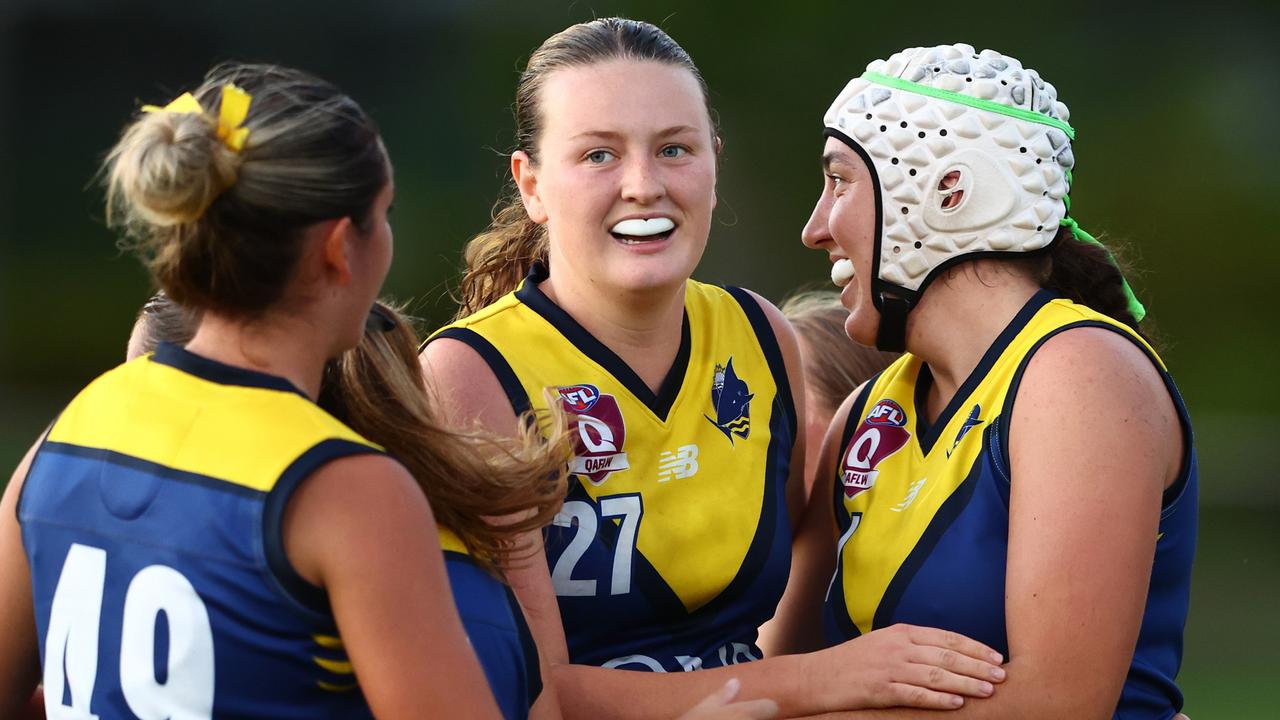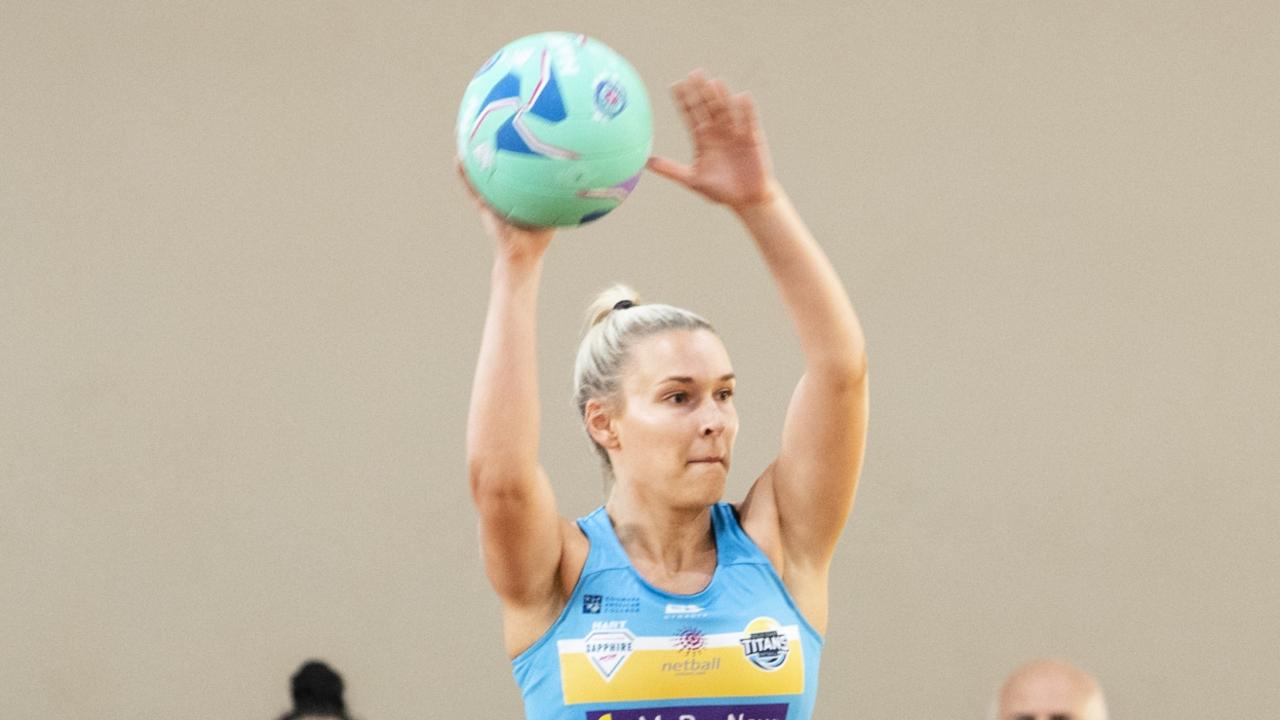Gold Coast's Bruce Oxenford journey from TSS to the pinnacle of cricket umpiring
IF Gold Coast product Bruce Oxenford had not found the world of cricket umpiring he admits he would most likely be still breathing in dust operating a family cabinetmaking business at Ashmore. READ THE Q&A
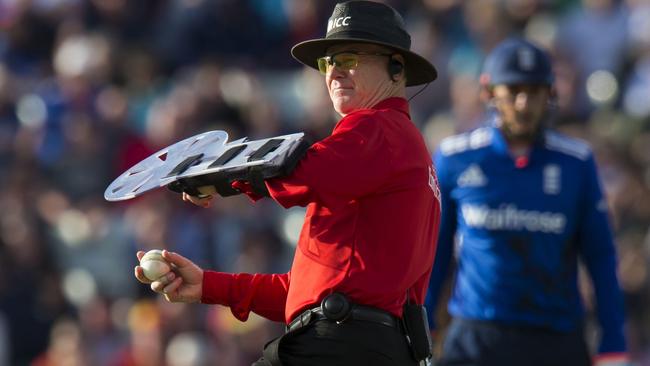
Sport
Don't miss out on the headlines from Sport. Followed categories will be added to My News.
IF Gold Coast product Bruce Oxenford had not found the world of cricket umpiring he admits he would most likely be still breathing in dust operating a family cabinetmaking business at Ashmore.
Instead The Ox, who retired from international umpiring in January, has travelled the globe as a well-paid full-time professional umpire cricket and ranks among the best on the ICC’s elite umpiring panel.
As a player Oxenford was a useful bat who could bowl leg-spin and he made the Queensland Sheffield Shield team. This is a Q&A from 2017.
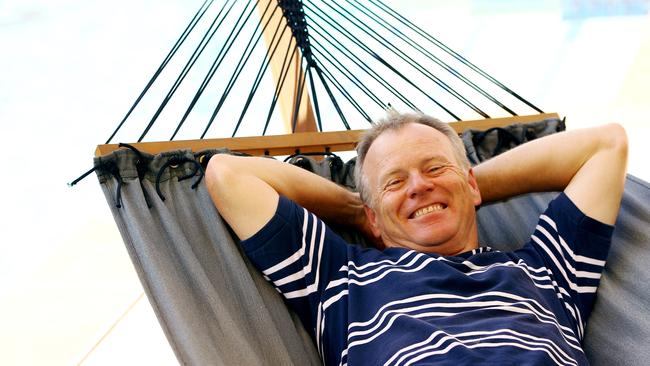
Q: You have come a long way since you first started playing cricket. Was your first A-grade club cricket with The Southport School?
A: Yes, I was at TSS when the school played in the GPS competitions on Saturdays then backed up on Sunday for Gold Coast first grade fixtures. We used to play against Southport, Palm Beach, Coomera-Hope Island, Queens and from memory there was also a Colts team.
Q: When your days at TSS came to an end where did you go?
A: I finished school in 1977 and played three seasons with Mudgeeraba. We were based at Broadbeach Oval, on Chelsea Avenue, which is now a soccer ground, and we trained at Broadbeach Primary School — that is if anybody turned up.
RUGBY LEAGUE GREAT JOHN SATTLER Q&A
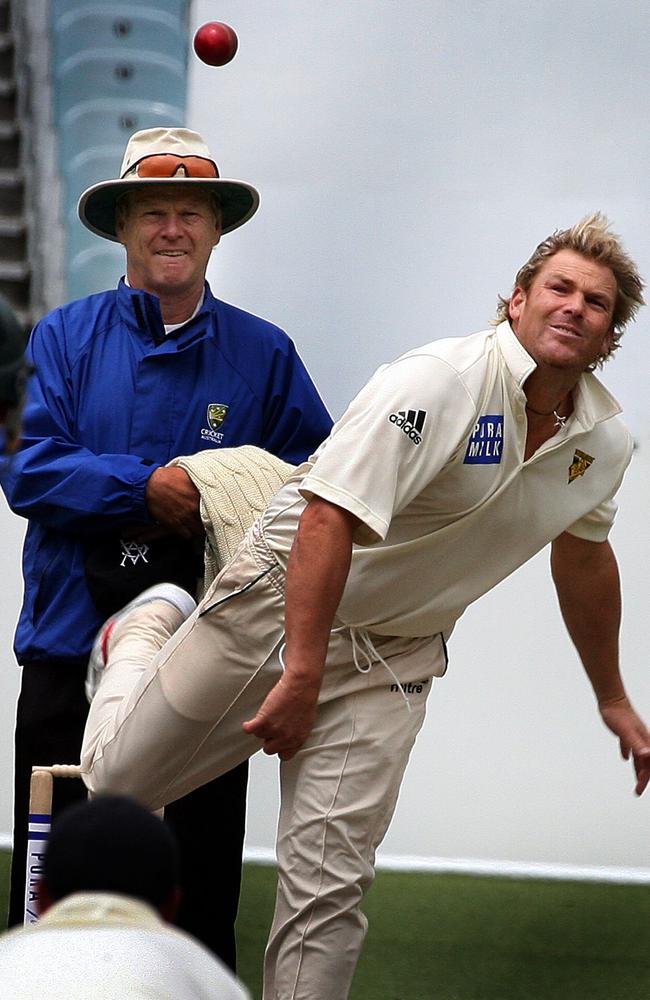
Q: Were you in Mudgeeraba’s grand final side when the late Greg Markwell took all 10 wickets?
A: That game was at TSS and I remember being one of the guys who carried him off the ground.
Q: On the subject of 10-wicket hauls did you ever see any more?
A: No, but I played in a few games where bowlers took nine wickets. They were with the Gold Coast Dolphins and I recall Steve Storey taking nine one day and (ex-Test paceman) Scott Muller did the same another time. The day Scotty got his nine I got the other one. Actually he ruined my dream of getting all 10 because I took the first one and then he ruined it, the selfish bastard.
Q: After Mudgeeraba you switched to Queens and you hold a special place in the club’s history. What is it?
A: I had three seasons with Mudgeeraba and went across to Queens, mainly because they had an ethic where they trained. At Mudgeeraba they had no facilities and basically just turned up to play.
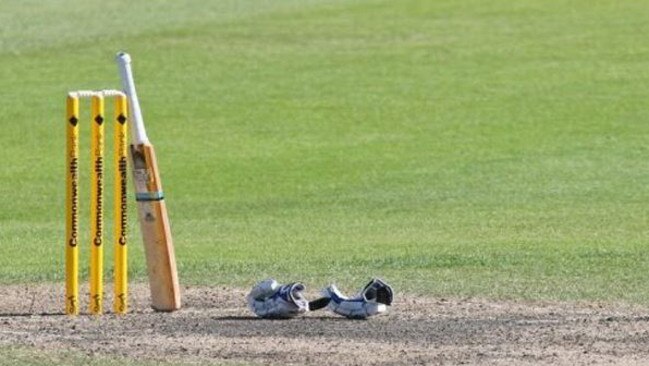
Q: I understand Ross Wallace, still prominent in Coast cricket, had an influence in you switching camps?
A: Yes, he was captain-coach at the time and played a role there. And he was a good coach.
Q: What I so special about your time at Angove Park with Queens?
A: I was skipper of the club’s first A grade premiership and we went on and won two more in a row. After that I played Brisbane premier grade with University on Saturday and with Queens in the Gold Coast comp on Sundays.
Q: Then it was on to the formation of the Gold Coast Dolphins. What was your role there?
A: I was in the inaugural side at Kerrydale and ended up retiring at the end of 1995. I had a year off then returned to be captain of the seconds. I eventually did not enjoy that too much because I was 36, the second oldest was 21 so at the end of games I had no one to drink with, they were all talking another language.
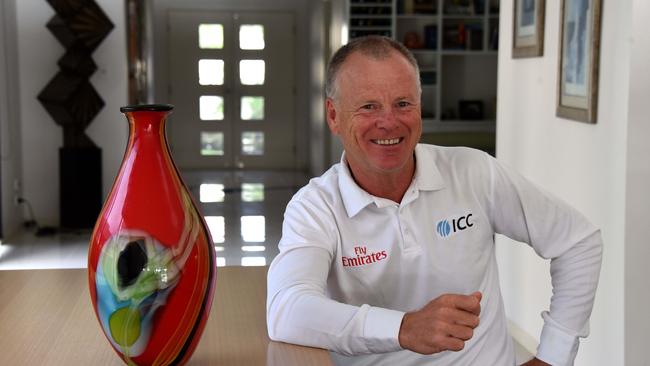
Q: So then it was over to the “dark side” when you turned to umpiring. What was behind that?
A: In 1999 I was at a lunch for cricket and Mel Johnson, a really good umpire, was at the table and he asked me if I had ever considered being an umpire. I went ‘of course not, umpires? Phhhhh’. But that put the seed in my mind. That night when I went home, switched on the TV and there was Darryl Hair umpiring in the Caribbean. I looked at it and said that doesn’t look so bad because he was in the middle of all this beautiful scenery.
Q: Then what happened for you to actually make the jump?
A: I rang up Queensland Cricket and went through a winter training program. My first match as an umpire was in a fourth grade between Sandgate-Redcliffe and Beenleigh-Logan at Trevor Barsby Oval. I think they wanted to send me as far as possible away from home to test if I’d turn up.
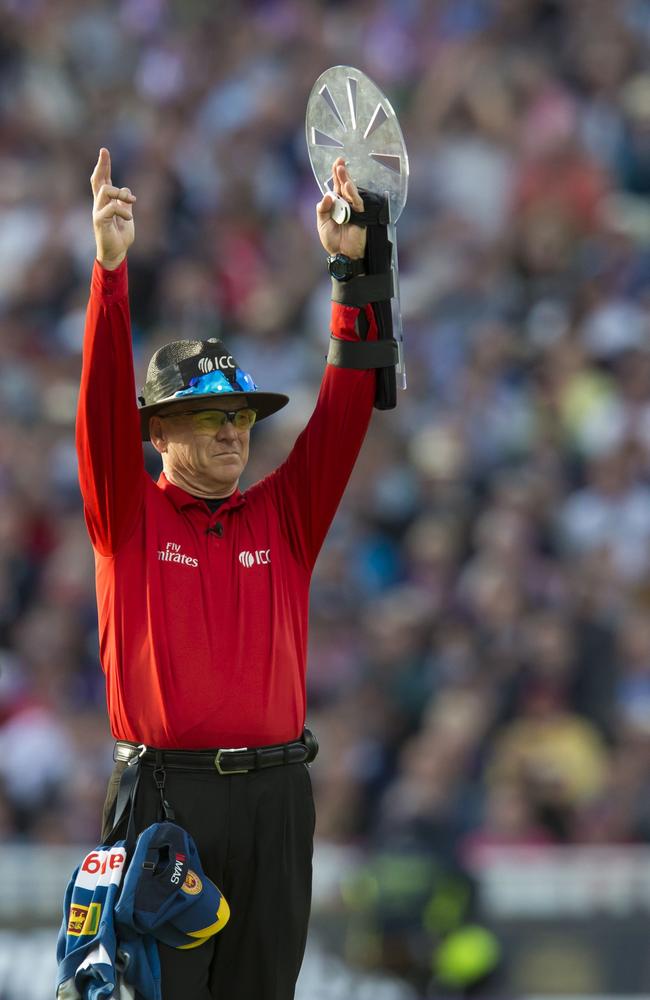
Q: After that when was your A-grade debut and when did you make it to first-class status?
A: My initial first grade game was between Western Suburbs and Sandgate at Graceville in 2000 and in 2001 I made my first-class debut in a one-dayer between Queensland and Tasmania at the Gabba.
Q: Then it was a case of higher and higher for you, wasn’t it?
A: I was put on a Cricket Australia national panel which controlled match appointments. I was contracted and I earned $10,000 my first year.
Q: And that’s how it all kicked off, wasn’t it? Being in the right place at the right time as you advanced to the international panel then to the elite international panel?
A: Being an umpire is like being a wicketkeeper. There are only two of them in each game and it’s a bit like you have to be in form when your chance comes. If your chance comes and you’re not in form then you’re not going to hold on to your spot. The cards fell nicely for me because the guys above me all retired at once and suddenly I went from being a really junior member on that panel to top three in two years.
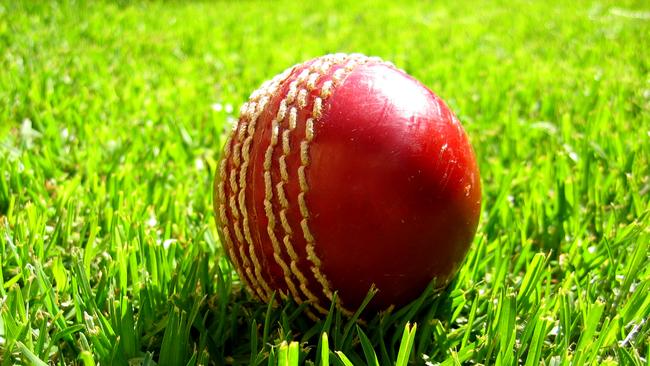
Q: Being elevated to the elite must have been an honour, so how did you handle it?
A: When Paul Parker retired I went on to the full international panel. That was scary, really scary. Up to then it was all fun, then suddenly it got to the stage where ‘hell, I’m actually supposed to know what I’m doing’. I had to change my attitude to how I went about the whole business.
Q: You are 57 at the moment. How much longer can you go on?
A: I’ve probably got about three years because not many go past 60. There are no actual age restrictions but history would tell you there’s only a handful of umpires who go past 60 at the elite level.
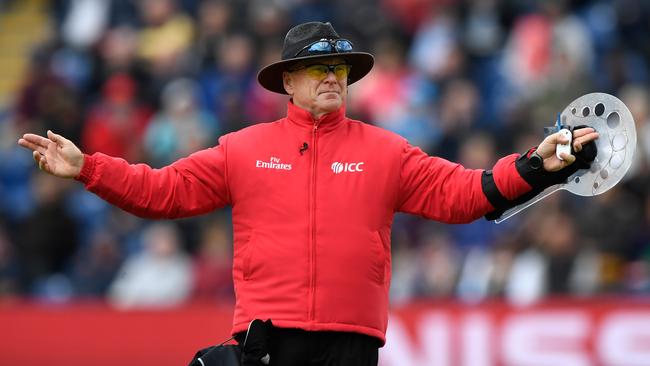
Q: There must be a heavy reliance on being tested regularly, and I don’t mean for drugs?
A: We have yearly tests for eyesight and hearing. You’d be mad not to because they’re the tools of your trade. If you can’t see and hear it’s going to be difficult to do your job.
Q: You have had your moments when it comes to on-field bloopers. What are some of your funniest moments?
A: I can’t remember too many train smashes — except for losing a ball in the middle of the field. It was during the Champions League in India and the Brisbane Heat were playing one of the South African sides. We had a rain delay between innings and we stopped play to get some sawdust for the bowlers and the ball had been thrown back to the middle of the pitch. When we resumed play the bowler calls out ‘what about the ball?’ I patted my pockets, nothing, so I asked the Heat players which one of them is playing a joke.
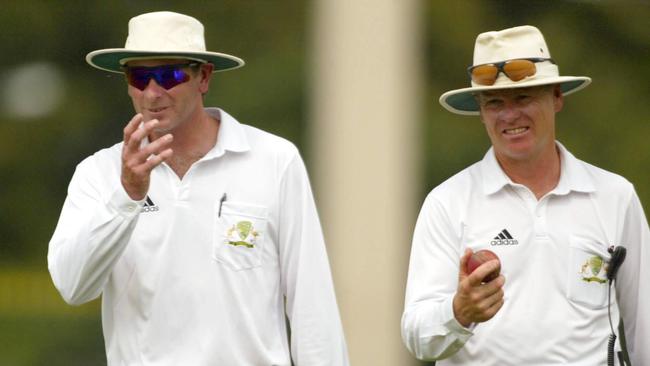
Q: But it was not a joke was it? You had forgotten about something, hadn’t you?
A: Then I thought one of the ground staff had picked the ball up and taken it. I had no alternative and had to get a new ball. I threw it to the bowler and just as I brought my hands together to restart play I thought ‘whoops’ I could feel the ball inside the hat I’m hanging on to. My immediate reaction was to hide it in my pocket and pretend nothing had happened. But I fessed up said ‘found it’.
Q: What was the hilarious moment at the Gabba when you allegedly hit the wrong button as a video reviewer?
A: It was Mike Hussey and I really can only blame a malfunction in the equipment for it. There was a system where you had a ‘decision’ button, an ‘are you sure’ button and finally a ‘send decision to the big screen’. It was supposed to come across as Not Out but instead it was Out. That’s when I hit the panic button trying to rectify things because Mike was walking off with a stunned look on his face. The guys in the next booth were rolling on the floor laughing at me.
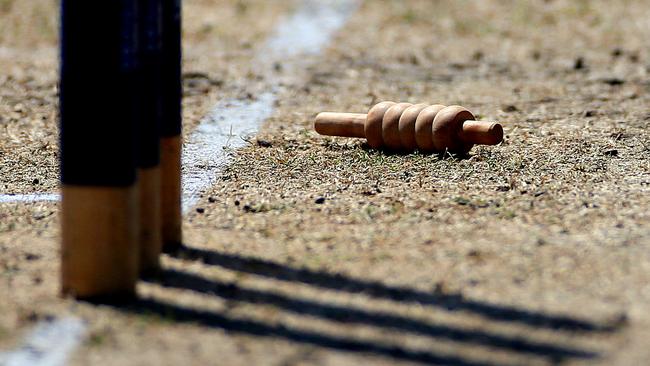
Q: I remember once watching you umpiring a Brisbane grade match at Kerrydale and holding the ball aloft with a huge grin on your face. What was that about?
A: Whenever a bowler takes five wickets in an innings he holds the ball aloft. I’d had five victims at my end as an umpire so I did the same. Not many people saw that.
Q: During your travels you must have run into many different personalities on the field. What are your fondest memories of this?
A: I have to mention ex-Pakistan captain Misbah-ul-Haq here. He came to us during a series between Pakistan and England in the UAE and had some technological issues, like a couple of their batsmen given out with hot spots showing little nicks on the bat. Then Pakistan challenged a couple England decisions pretty sure the ball had been hit but there were no hot spots showing. So Misbah come into our room and he says ‘hot spot, what is story with hotspot? Pakistan bat, full power, England bat, battery flat’? I love him, he is just funny.
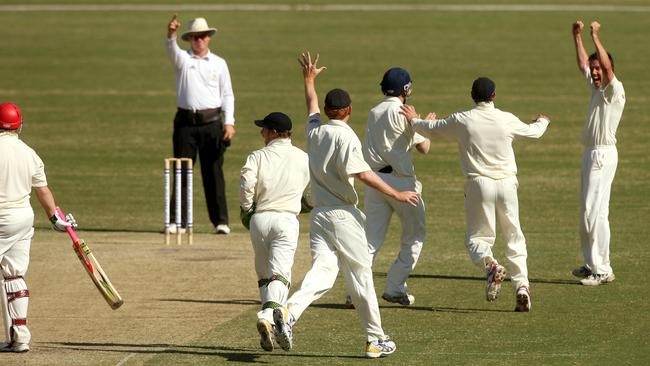
Q: There were more amusing moments between you and Misbah, weren’t there?
A: There was the time, during one of the hottest days I have ever experienced in Abu Dhabi when Pakistan’s over rate was slipping. I was get these calls from TV umpires telling me Pakistan are one over down, then two overs down, then three and four. I told Misbah this and he just mumbled. An hour later I get the call that Pakistan are five overs down. Paul Reiffell is at the other end and I said ‘no, on, this time you tell him, I’m sick of giving him bad news’. Paul turns on his microphone channel so I could hear him and he said, ‘hey Misbah Ox told me to tell you you’re five overs down.’
Q: Who has been your most admired cricket in your days umpiring internationally?
A: Brendon McCullum (Kiwi) without a doubt. He was just a great leader and a really good human being more importantly. I believe he was one of the reasons for the resurgence of New Zealand cricket. His attitude was tops so was everything the way he went about the game. Adversity didn’t bother him, a couple of calls go against him, ‘hey that’s all right, we’ll get a couple our way soon, move on’
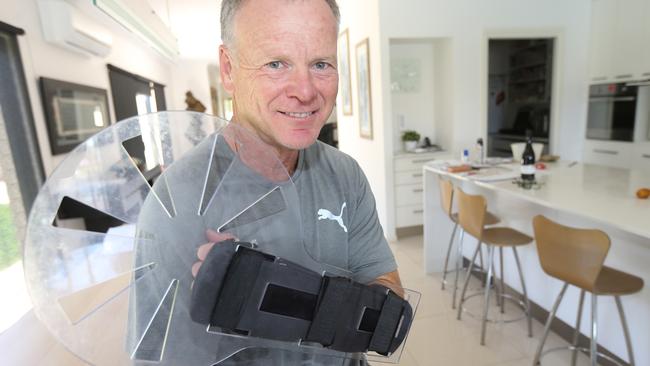
Q: What would you be doing if you had not taken up umpiring?
A: I’d probably still be swallowing dust in the cabinetmaking industry. My Dad Jim and I used to run Global Interiors.
Q: How much longer can you go on for and what is your target in relation to Test matches umpired?
A: Feel I can go on for three or more years and I’d love to 50 Tests, I have six coming up later this year. My one regret is that I can’t stand in a Test match in Australia — I cannot even umpire any test match involving Australia anywhere.
Q: Can you remember the time you were handed a tremendous vote of confidence for your umpiring standard by players and captains from both sides?
A: It was during a match between England and Pakistan and it was my first big series. I had 17 referrals and just one was wrong. It was my first of the match.
Q: Away from cricket you once played goalkeeper for Gold Coast United in a state soccer league. And you are also a handy golfer, aren’t you? Didn’t you have a hole-in-one recently?
A: Yes, it was at the Surfers Paradise Golf Club. It was my first in a competition.
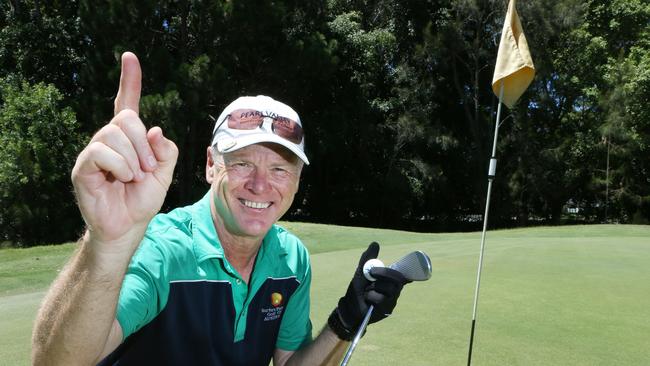
Q: Right, now what happened on the same hole the next time you played it?
A: Ummm, I had a seven. But the next week I hit the pin and the ball finished about a foot away.
Q: So on the same hole you had a run of one, seven and two?
A: No, it was one, seven and three. I missed the putt the third time.
Q: You would have seen some of the greatest cricket venues in your travels. Which one sticks out?
A: Newlands in Cape Town, South Africa. It’s absolutely gorgeous with the mountains in the background, and it even has a brewery next to it. It has everything covered — the ground, the view and the beer — as well as the cheapest and most beautiful wine in the world.
BRUCE OXENFORD PROFILE
Age: 57.
Born: Southport.
Lives: Clear Island Waters, Gold Coast.
Tests: 41.
One-day internationals: 82.
International T20s: 20.
Clubs: The Southport School, Mudgeeraba, University of Queensland, Queens, Gold Coast Dolphins.

